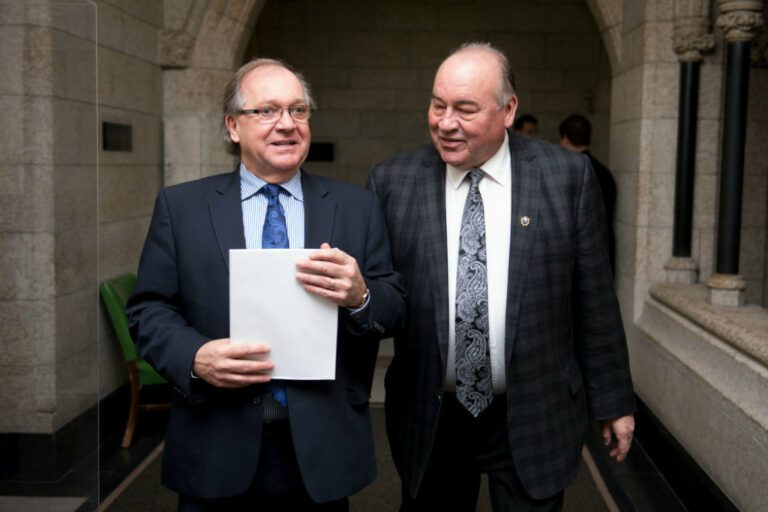As the case gets underway, both sides agree that boundaries won’t be rejigged
A pre-election scramble to redraw the NWT’s electoral boundaries was averted yesterday when City of Yellowknife lawyers agreed to give the GNWT 18 months of breathing room if the current boundaries prove unconstitutional.
The two sides met in court yesterday to debate the City’s assertion that Yellowknifers are underrepresented in the legislative assembly, to a charter-breaching degree, by the current distribution of territorial ridings. Near the beginning of the proceedings, however, City lawyers admitted that, whatever the outcome of the case, it would be “unrealistic” to rejig boundaries before the Nov. 23 territorial elections.
Whether or not this will even be necessary won’t be known until the NWT Supreme Court’s Justice Louise A. Charbonneau rules on the issue – which could be weeks, or even months, from now. If she ends up agreeing with the City’s position, the GNWT will have 18 months to strike a new electoral boundary commission and try, once again, to carve up the territory in a way that’s fair to NWT voters.
Starting positions
The case, a rare instance where the City and the GNWT are at legal loggerheads, stems from the fact that Yellowknife has roughly 48 percent of the territory’s population, but only 36 percent of the seats in the legislative assembly – seven of 19. This, says the City, is in breach of Section Three of the Charter of Rights and Freedoms that guarantees voting rights.
The City’s argument revolves around the notion that the GNWT did not sufficiently justify – in either legislation or in the work of the electoral boundary commission – the disparity that clearly exists between riding sizes in the NWT. Legal precedent suggests some deviation in riding size from a provincial or territorial mean is inevitable and allowable (plus or minus 25 percent is the rule of thumb). However it has to be justified. And the City argued that this justification never happened.
The legal test goes: Could a reasonable person have set the current boundaries?
No, argued the City’s lawyer Paul Hildebrand, in his closing remarks: “A reasonable person would not do it in the absence of a reason.”
The City also took the position that because of the sheer number of people living in Yellowknife’s underrepresented ridings – again nearly half the territory’s population – the need to justify these deviations is even greater, and the bar for justification even higher.
For her part, the GNWT’s lawyer, Sarah Kay, pointed out that the allocation of ridings should aim to achieve the goal of effective representation, not straight voter parity. This means geography, history, and minority rights ought be taken into account when determining if unequal riding size is justified.
She also claimed that the GNWT and the boundaries commission did a suitably good job justifying their 19-riding allocation during debates in the legislative assembly, public outreach, and in the published documents. (This was denied by Hildebrand, who pointed out that many of the MLAs cited by Kay as offering ‘justification’ for the riding allocation during assembly debates had in fact voted against the present allocation).
“It’s an interesting and challenging case,” said Charbonneau, as the proceedings finished.
It’s unclear when her decision will be released now the pressure to produce a ruling before the election has been removed. Both the City and the GNWT are hoping to claim legal expenses should they win; Charbonneau said any question of who’s on the hook for the cost of the court case can be determined after the ruling.





